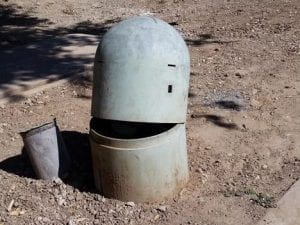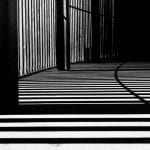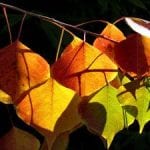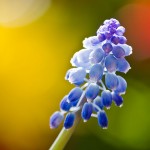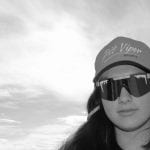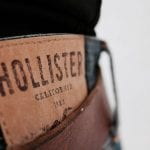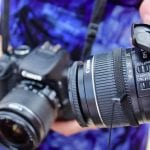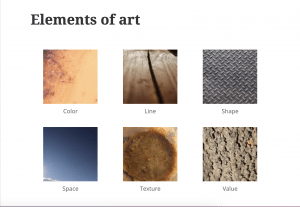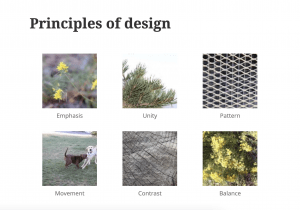- Homecoming Photos – Due Monday before class is over
Blog post should be titled “Homecoming Photos” put photos in a gallery 2×4 (if you take the extra credit images put them in the same blog post and you will just have more rows), title each photo in the caption area.
- Grand Landscape – Due Thursday before class is over
We will watch a video on how to think artistically while taking landscapes, then we will watch a video on grand landscape. We will take photographs of the Grand Landscape. Create Grand Landscape photographs that include the sky. Most, or all, of the scene should be in focus. Use the Rule of Thirds to compose the images, placing the horizon on the upper line in one variation and on the lower line in another. Depending on which line you use, this is a way to shift the emphasis from the land to the sky or vice versa. You will upload your best 6 photos to your blog on Thursday after you have edited the photos. Crop out any unwanted background information, change the colors (upload at least one photo in black and white), and use any other editing to help the emphasis and focus of the photo. Your blog post will be titled “Grand Landscape Photos.” Gallery, 3×2.
- Finding Hidden Faces Due Thursday before class is over
When taking photographs, and especially when you first start out, it’s all too easy just to grab interesting images without really thinking about what you’re seeing.
Focused looking is an exercise which encourages photographers to consider their subjects carefully by asking them to create a series of photographs around a single theme. It’s great for students, as it helps them to focus on a specific subject through the camera lens and think more about the composition of the image.
Humans have an uncanny ability to recognize faces, and face-like patterns, wherever we see them. Scientifically, the phenomenon of automatically recognizing faces is called ‘facial pareidolia’, but in simple terms it means that we see faces wherever we look, even when there aren’t any.
This makes a great focused looking exercise, because it perfectly encapsulates the idea of looking beyond what you see to find deeper meaning in your images.
For some great examples of hidden face pictures, take a look at this Behance gallery by Hilde Maassen.
For the project, you will find hidden faces in NATURE. You will upload your best 3 photos to your blog as “Hidden Faces” in a gallery 3×1, title the images in the caption area. Below is an example.
